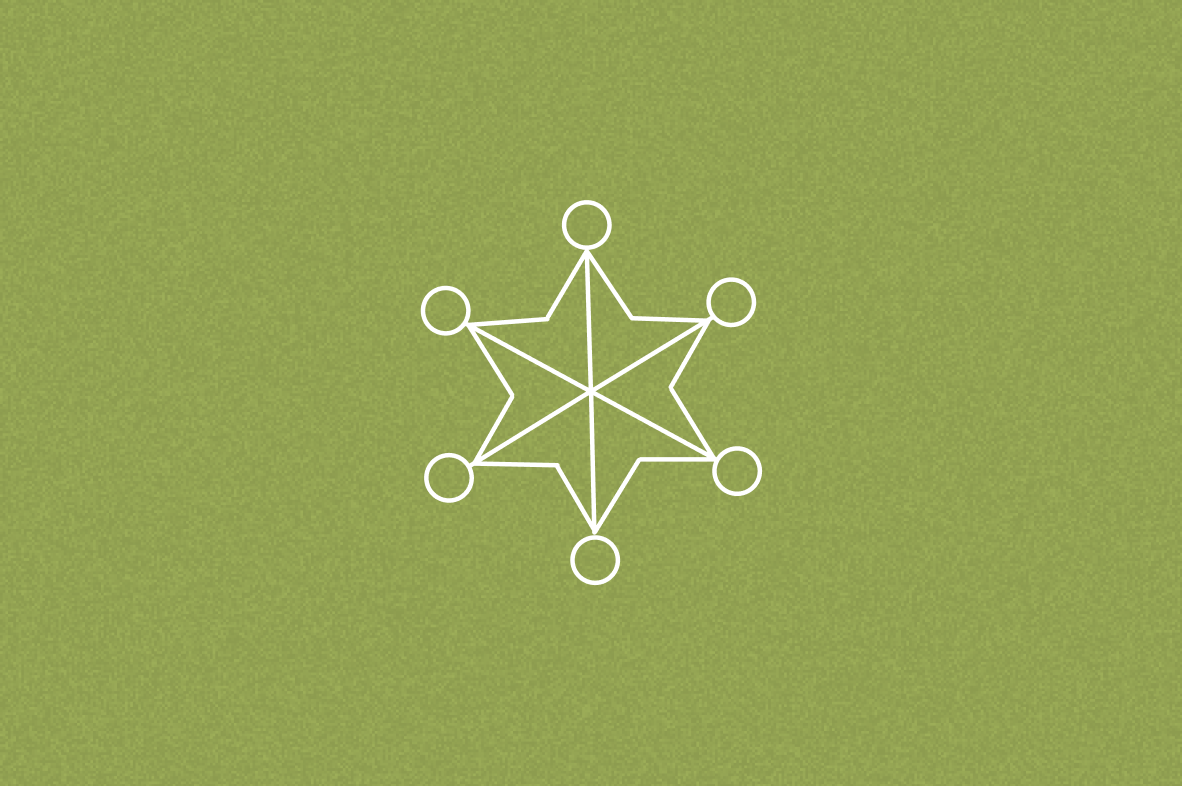Unlearning Unconscious Bias | Tory Burch Foundation
Unlearning Unconscious Bias
How to address conscious and unconscious bias for a kinder workplace.
46,701 Views
6 Likes
5 min read
Link copied to clipboard
Challenging the explicit and unconscious bias that keeps women from their full potential as business owners and community members is at the heart of the Embrace Ambition Summit. This guide is meant to be a starting point for unpacking bias and challenging its effect in workplaces.
What is bias and how does it work?
Implicit bias
Implicit bias is a preference for, aversion to, or stereotypes about a certain group of people on an unconscious level. Messages such as women are responsible for all domestic work, become deeply ingrained because of culture. Unconscious bias doesn’t make anyone a bad person; our brains are simply designed to make associations and group things together in order to preserve energy.
Explicit bias
Explicit bias refers to a person’s preference for, aversion to or stereotypes about a group of people that operate on a conscious level. These biases are often employed as a result of a real or perceived threat. It is possible to decrease prejudice by shifting the cultural norms that permit it to flourish.
Assessing bias
We begin to combat unconscious bias when we bring those attitudes to our conscious and actively try to change them. As Dr. Mahzarin Banaji said in her 2020 Embrace Ambition Summit talk, “The thumbprint of the culture on my brain is not something I can deny, nor can I excuse it.” Consider investigating your own unconscious biases with the Implicit Association Tests Dr. Banaji developed with her research partners.
Addressing Bias at Work
Create structures–both formal and informal–for providing feedback.
Formal midyear and yearly reviews are a common and useful tool for assessing performance. But people with marginalized identities often don’t get the informal feedback essential to advancing their careers. Learn more: Valerie Purdie-Greenaway, Diversity, stereotyping, success: Why being different at work is risky business
Expand the way you think about diversity.
When evaluating your business policies, products, hiring and retention, remember it’s about more than your workforce’s racial makeup. For example, look at your website’s accessibility and make it easy for employees to take off for religious and cultural observances.
Also, remember that diversity isn’t sustainable without inclusion. Evaluate your organization using this survey, “Are You Building an Inclusive Workplace?”
Host implicit bias training with a professional.
An outside consultant can help with organization-specific solutions and act as a mediator when team members have difficult conversations.
Equal treatment is not the same as equity.
Equality makes rules the same for everyone, whereas equity takes into account the specific needs and barriers of a particular group. The AI-powered corporate learning and development platform Crescendo illustrates the difference between equality and equity:
An HR manager is setting up a benefits plan for the first time in their company:
- Equality – The manager decides to go with providing standard medical, dental and vision insurance for all. They also establish a bereavement policy that allows employees to go on paid leave following the death of an immediate family member.
- Equity – The manager decides to send out a survey first to gather employee insights before finalizing the benefits plan. They learn that an employee is interested in bereavement leave being offered for employees who have miscarriages due to own her personal experience. Another expresses that grieving procedures are applied to extended family members in his culture. The manager works with the allocated budget after learning this information to try and accommodate a broader range of needs.
Learn more about equality vs. equity from Crescendo.
Address unconscious bias in your business operations.
Start by asking questions of yourself and your organization. Do you source goods and services from diverse suppliers? Are your job descriptions inclusive and transparent? If your company has a brick and mortar presence, are those retail locations accessible by public transit?
If you don’t have one already, consider developing internship opportunities at your business that work with organizations dedicated to hiring marginalized groups to create an inclusive talent pipeline.
Watch your language.
Replace gendered words with neutral ones (e.g. using the word “actor” for artists of all genders), be mindful of words and phrases that indicate dark things as inherently bad (e.g. blacklisted) or idioms rooted in stereotypes or hateful language (e.g. Chinese fire drill).
Be a supportive manager.
Enact a no interruptions policy so all team members feel heard. Consider sending meeting materials in advance to support the many ways people process information; this may help some team members better prepare their thoughts. Be sure to give employees in marginalized groups training and stretch assignments that help them grow in their career. To learn more, read 8 Top Qualities of An Inclusive Manager
How can I challenge bias beyond the workplace?
Question your thinking and challenge your assumptions.
Ask yourself, would I draw the same conclusions if this scenario involved someone of a different gender, gender presentation, age, ability or race?
Don’t be defensive.
Just listen. The use of the words: discrimination, oppression, racism, heterosexism, male privilege, etc., are not personal criticisms.
Hold yourself and others accountable when unconscious bias surfaces.
Mistakes happen. To learn how to apologize effectively, read I’ve Been Called Out for Causing Racial Harm. What Do I Do Now? Read DEI Initiatives Are Futile Without Accountability to learn how build accountability into your organization.
Listen to a range of stories.
Seek out stories–whether news, podcasts or fiction–about, and especially by, a range of people. This will help build empathy and challenge your biases.
Help an entrepreneur by upvoting



